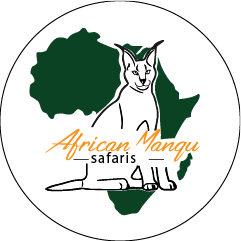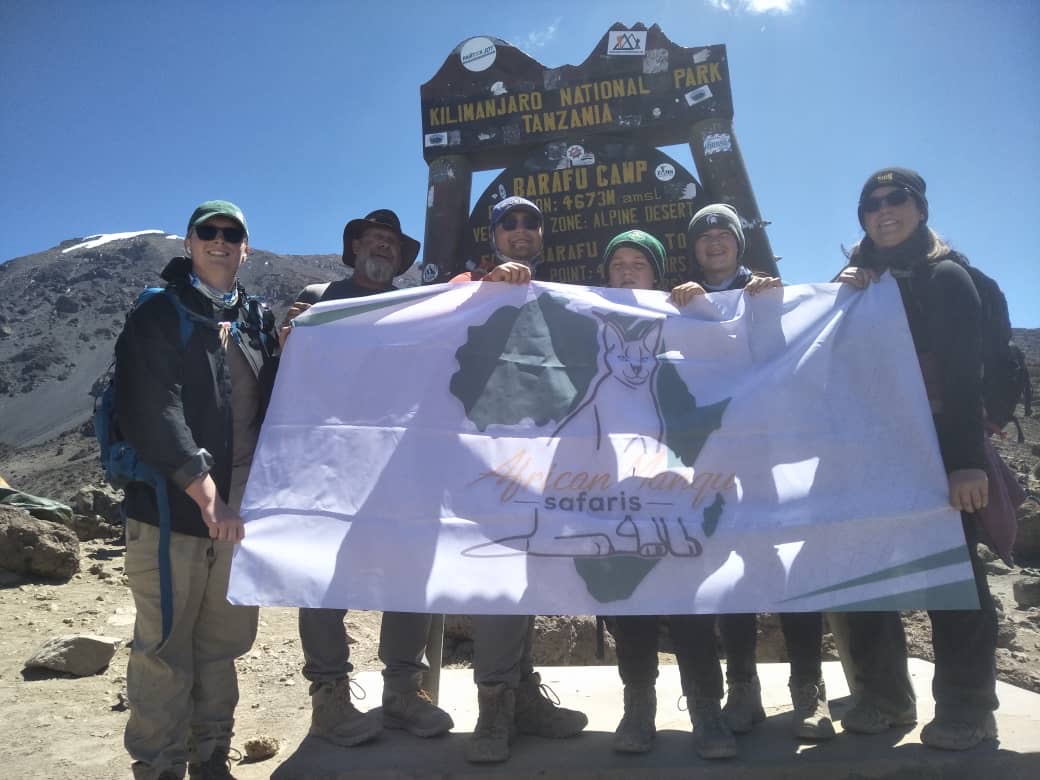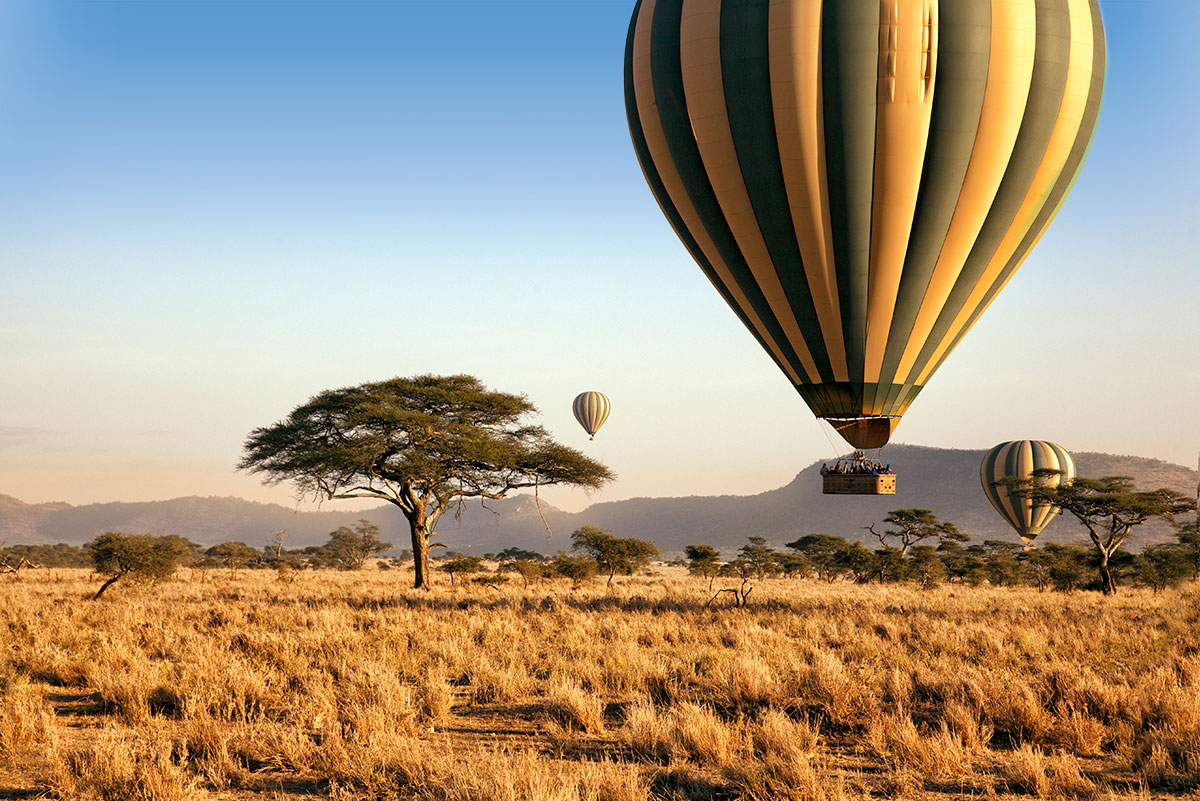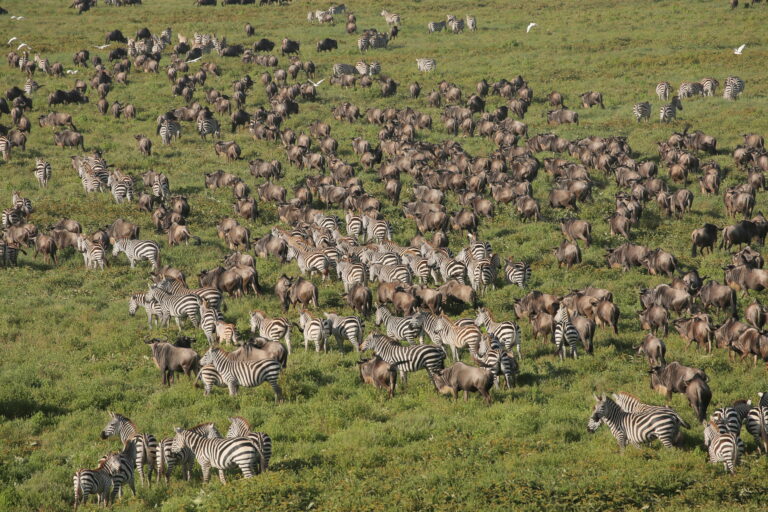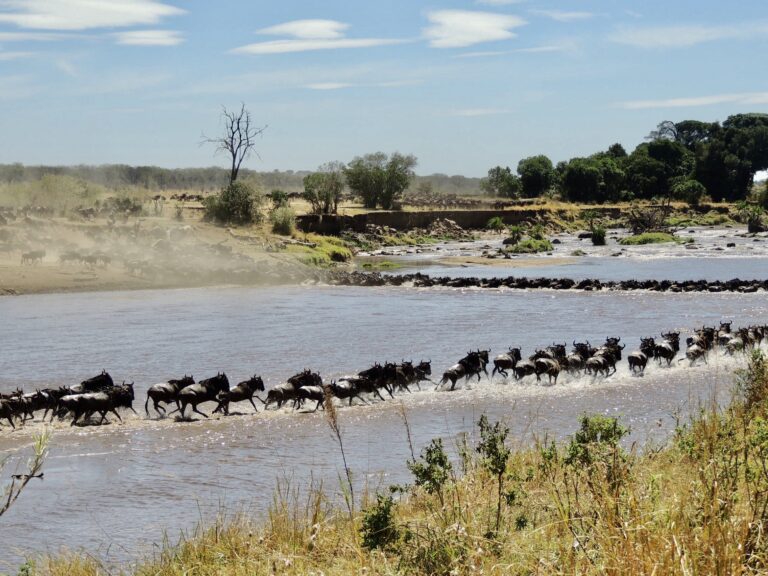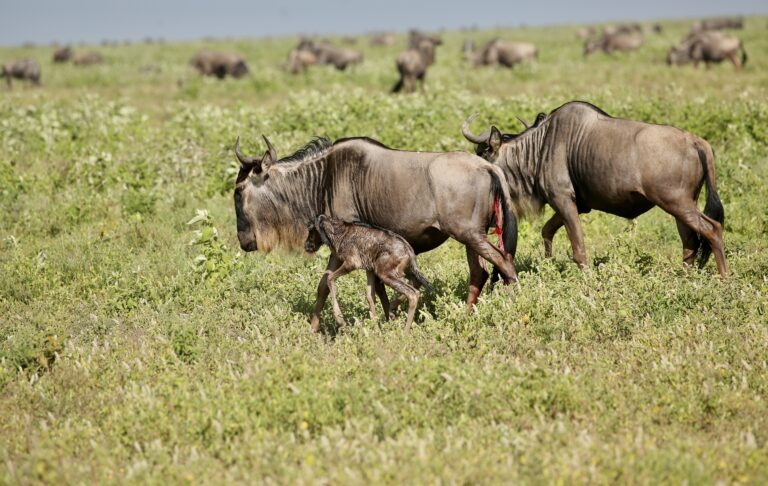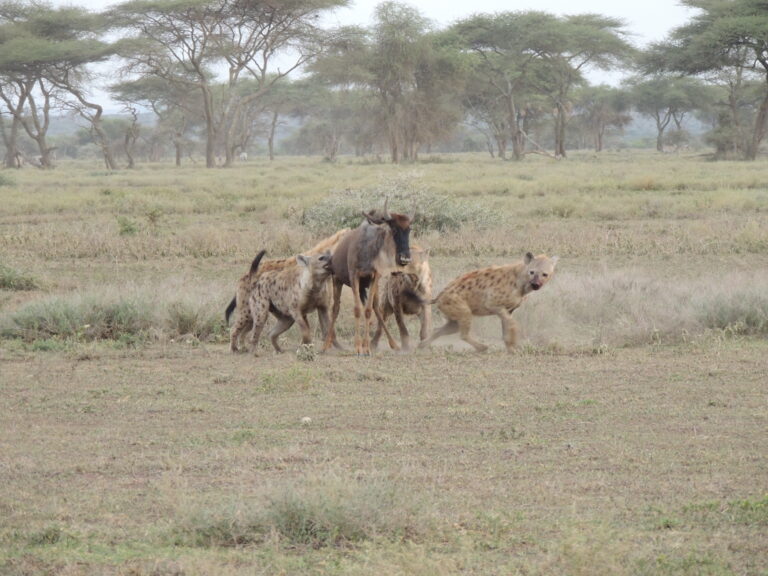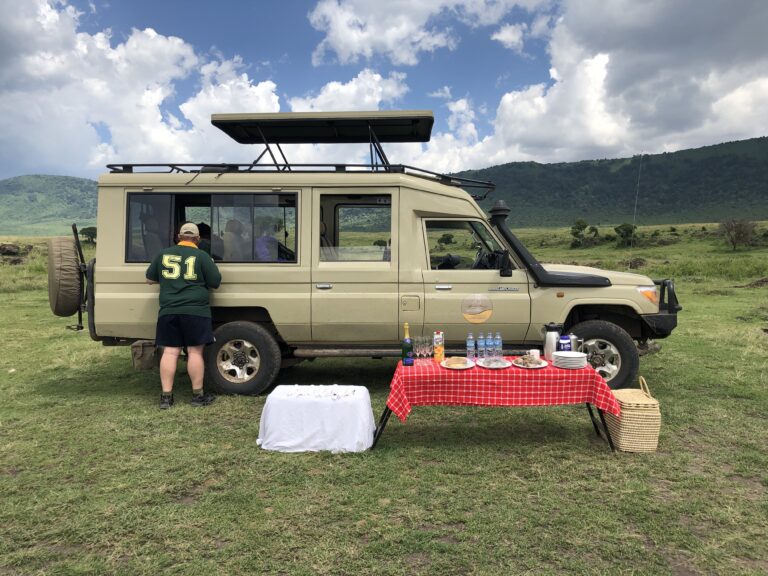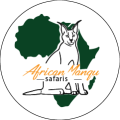The Best Time to Climb Kilimanjaro with African Mangu Safari: Things You Need to Know
1. Introduction to Kilimanjaro Climbing Seasons
Mount Kilimanjaro, Africa’s highest peak, is a coveted destination for climbers worldwide. Choosing the best time to climb is crucial to maximize your experience and success rate. African Mangu Safari, renowned for its expertise in Tanzanian adventures, offers invaluable insights into the optimal times for climbing Kilimanjaro. Understanding the climate patterns, weather conditions, and peak seasons can significantly enhance your trek.
2. Understanding Kilimanjaro’s Climate Zones
Kilimanjaro’s climate is influenced by its diverse altitude zones, ranging from tropical at the base to arctic conditions at the summit. Climbers experience distinct weather patterns depending on their altitude and the season. The mountain’s lower slopes are generally warm and humid, while the higher elevations become cold and subject to variable weather, including snowfall at the peak.
3. The Two Main Climbing Seasons
Kilimanjaro’s climbing seasons are predominantly divided into two main periods: the dry season and the rainy season. The dry season, which spans from January to mid-March and June to October, is considered the ideal time for trekking. During these months, climbers face less rainfall, clearer skies, and better trail conditions. Conversely, the rainy season, from mid-March to May and November to December, brings increased precipitation and can make the trails muddy and challenging.
4. Advantages of Climbing During the Dry Season
The dry season is highly recommended for Kilimanjaro climbs due to its favorable weather conditions. With reduced rainfall, trails are less slippery, and visibility is significantly better, allowing for more spectacular views. Additionally, the dry season generally experiences fewer clouds, providing clearer skies for those hoping to enjoy the panoramic landscapes from the summit. This period also tends to have a higher success rate for reaching the peak, thanks to the more stable weather.
5. Considerations for Climbing During the Rainy Season
While the rainy season presents its challenges, it also offers unique advantages. Fewer climbers venture during this period, leading to less crowded trails and a more serene experience. Additionally, the rainforests on Kilimanjaro become lush and vibrant, providing a different perspective of the mountain’s ecosystems. However, climbers should be prepared for muddy paths, potential delays, and increased risk of altitude sickness due to the cooler, wet conditions.
6. Choosing the Right Route for Your Climb
Kilimanjaro offers several climbing routes, each with its own advantages and challenges. The Marangu Route, known for its relative ease and shorter duration, is popular but can be crowded. The Machame and Lemosho Routes offer more scenic variety and a higher success rate due to their gradual acclimatization profiles. Selecting the right route in alignment with the season and your personal preferences can impact your overall experience.
7. Acclimatization and Weather Impact
Acclimatization is a crucial aspect of climbing Kilimanjaro, as altitude sickness is a significant risk. The best time to climb often coincides with periods when acclimatization is most manageable, which is typically during the dry season when the weather is more predictable. African Mangu Safari emphasizes the importance of acclimatization days built into your itinerary to enhance your chances of reaching the summit safely.
8. Planning and Booking Your Climb
Proper planning is essential for a successful Kilimanjaro climb. Booking well in advance is recommended, especially for climbs during the peak dry seasons when demand is high. African Mangu Safari provides expert guidance in planning your trip, including securing permits, arranging accommodations, and organizing guided treks to ensure a seamless adventure.
9. Preparing for Unpredictable Weather
Regardless of the season, weather conditions on Kilimanjaro can be unpredictable. Climbers should be prepared for sudden changes in temperature and weather patterns. Packing appropriate gear, such as waterproof clothing, thermal layers, and high-quality trekking poles, is essential. African Mangu Safari provides comprehensive packing lists and preparation tips to help you tackle the mountain’s varied conditions.
10. Conclusion: Making the Most of Your Kilimanjaro Adventure
Climbing Mount Kilimanjaro is a once-in-a-lifetime experience that requires careful consideration of timing and preparation. By choosing the optimal season and preparing thoroughly, you can enhance your chances of a successful and memorable ascent. With African Mangu Safari’s expertise and support, you’ll be well-equipped to conquer Kilimanjaro and enjoy every moment of this incredible journey.
